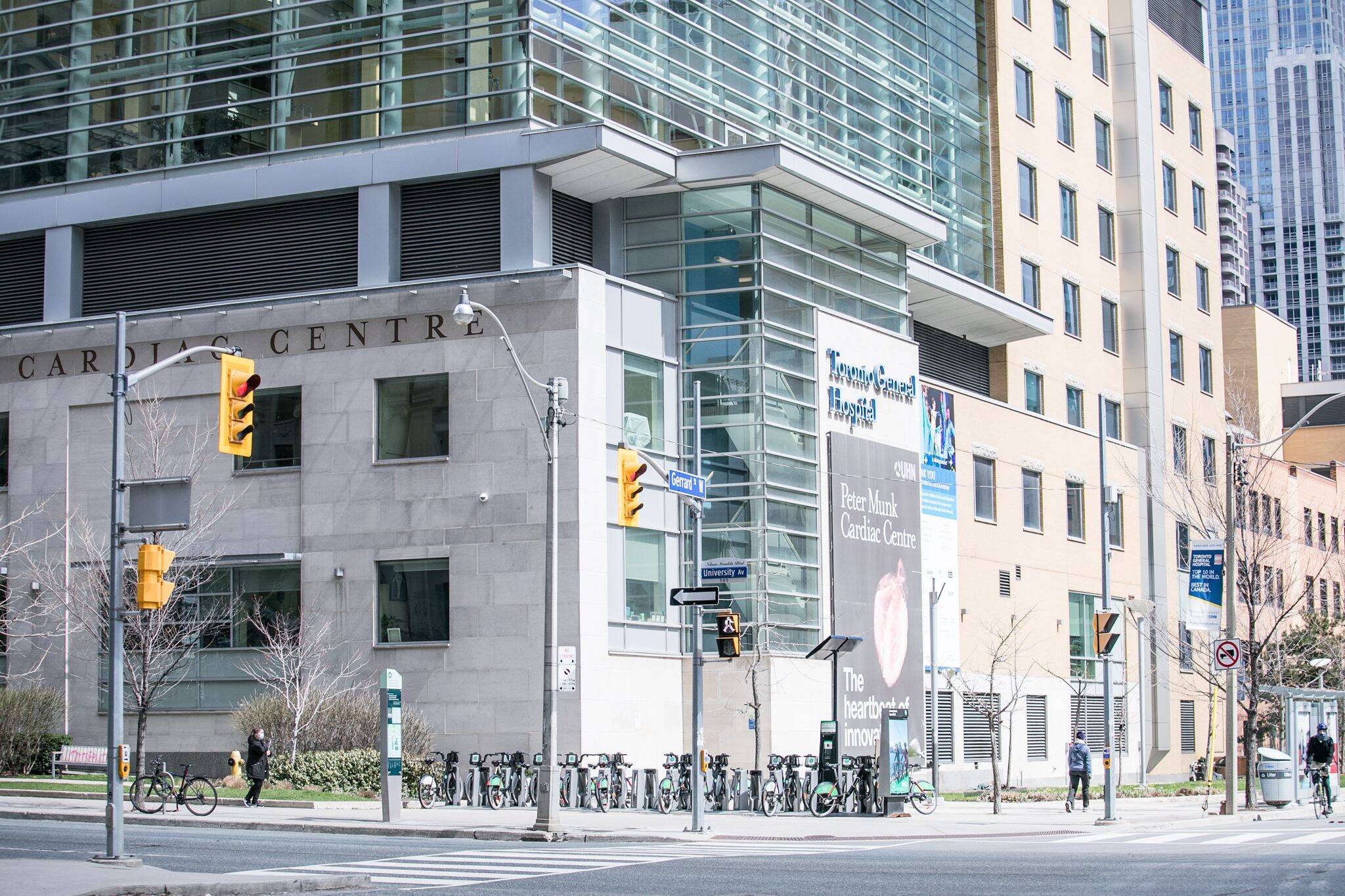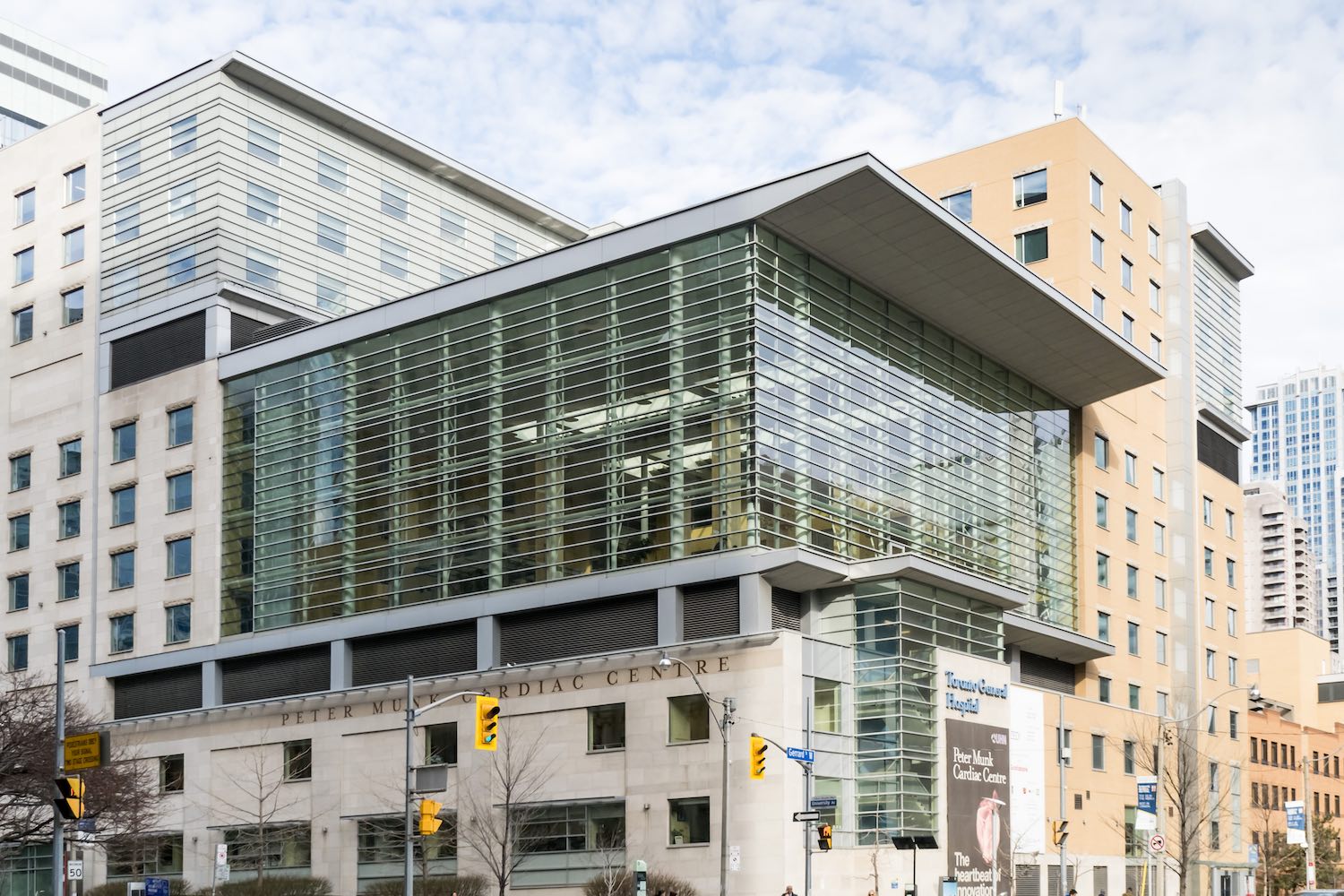TORONTO – Dr. Shaf Keshavjee was tense as he scanned Toronto’s darkened skyline, craning his neck to see if he could spot a drone whizzing toward the downtown rooftop he was standing on.The drone was only travelling six minutes from Toronto Western Hospital to Toronto General Hospital, but the University Health Network’s surgeon-in-chief knew its cargo would make the journey historic, and time was of the essence.
A set of lungs destined for Keshavjee’s patient, a male engineer to be operated on that last Saturday in September, were nestled inside a lightweight carbon fibre container and suspended from a Unither Bioélectronique drone.”It was a very exciting moment to see it come over the tall buildings,” Keshavjee recalled. “I definitely breathed a sigh of relief when it landed and I was able to…see that everything was fine.”He and the Bromont, Quebec-based bioengineering firm Unither Bioélectronique believe this is the first time lungs have flown using an unmanned drone, but they are confident the method will become the norm as the race to get organs in the sky heats up.

The University of Maryland Medical Center in Baltimore was the first to accomplish the feat in 2019, when a drone-delivered kidney was transplanted. Since then, MissionGo and Nevada Donor Network have sent corneas on a five-minute flight, a kidney on a 25-minute journey, and a pancreas to the skies of Minnesota in May.”It’s very similar to the first aeroplane flight.” That didn’t go very far, but it did pave the way for what aeroplane travel is today,” Keshavjee explained.
Last year, 2,622 Canadians received transplants, 4,129 were on waiting lists, and 276 died while waiting for an organ.United Therapeutics, the parent company of Unither Bioélectronique, has been determined to reduce that wait-list since the company was founded in 1996 by Sirius Satellite Radio co-founder Martine Rothblatt after her daughter was diagnosed with pulmonary arterial hypertension.
United created a medicine to save her life and then moved on to xenotransplantation, which uses the hearts and kidneys of genetically modified pigs in human transplants, and regenerative medicine, which includes creating pig lung scaffolds that can be populated with cells to create an organ.The company is also looking to use 3D printing technology to create organs from a patient’s own cells in order to reduce rejections, and it has built facilities in Maryland and Florida to perform ex-vivo lung perfusions, a technique invented by Keshavjee to restore and repair damaged donor lungs.The world is in desperate need of organ donors, and faster deliveries mean that fragile and temperature-sensitive organs have a lower chance of deterioration and transplants have a better chance of success.Lungs are particularly difficult.
They were one of the last organs successfully transplanted in humans in 1983 in Toronto, and 80% of those offered for donation are unusable due to oxygenation, X-ray, or function standards that do not meet.Companies in the drone and biotechnology industries are more determined than ever to cut costs and inefficiencies.
Aside from Unither Bioélectronique and MissionGo, companies such as AD Airlines and AlarisPro Transport in the United States, as well as China’s EHang, are all working to make organ drone flights a reality.Mikael Cardinal, vice-president of programme management for organ delivery systems at Unither Bioélectronique, agreed that rivals can be empowering, but he recognises that their collective goal is difficult.”It takes courage to be the first to do something like this… but that courage must be accompanied by the highest level of safety,” he explained.For 18 months, his team prepared for the Toronto flight. They designed a container to withstand changes in elevation, barometric pressure, vibrations, and other jarring events before receiving permission to fly the drone in a busy area.

There were practise flights with dummy packages that simulated lungs, as well as drop tests for the final drone and container, which were outfitted with a parachute and an advanced GPS system.Rothblatt chose Toronto General Hospital because it was the first to perform a successful lung and double lung transplant.”I felt that the universe’s karma would be right if the first ever drone transplant was also done at Toronto General Hospital,” Rothblatt, who recently received Canadian citizenship, said.Keshavjee was eager to participate and had several patients hoping to be the lucky recipient.
He chose a drone enthusiast whose recovery is proceeding smoothly.However, his and United’s work is far from done. According to the company’s website, 14 health projects are currently underway, with many expecting results in the near- or short-term.”The world has so many problems, like climate change, war, just endless problems,” Rothblatt said.
________
Toronto | Don’t forget to follow us on Twitter @njtimesofficial. To get the latest updates





